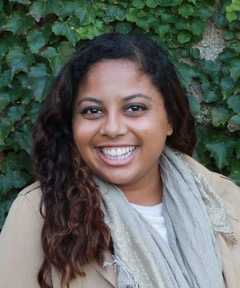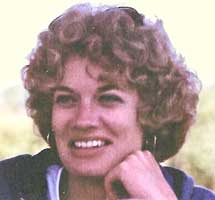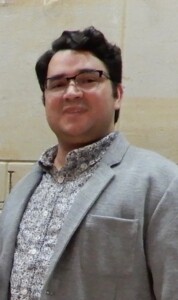Isabella “Ivy” Horan, our newest Alma Exley Scholar, has broken into print with an essay published today (10/16/2019) on the editorial page of the Hartford Courant. In the essay, Ivy shares 10 lessons that she has learned from her young students while preparing for a career in education. She’s student-teaching in East Hartford while pursuing her master’s degree from UConn, and some lucky school district is going to be happy to welcome her to its faculty next year. — Woody Exley
Ten lessons I learned from my students
By Isabella Horan
As a graduate student in education who is placed in an internship in East Hartford, I am preparing for a career teaching such things as reading and math.
But teaching goes both ways, and in many instances, my students have taught me far more than I have taught them.

Here are 10 lessons I learned from my students that can be applied to the classroom — or to life in general.
Positive relationships are imperative. Students will not learn from you if you do not show them that you are there to support them. It is necessary to build a strong classroom community in which students can make mistakes, grow and feel comfortable with one another.
Laugh. At the start of my student teaching, I prepared detailed, pristine lesson plans. When some of my plans derailed within five minutes because a student made a funny noise or accidentally burped and the whole class burst out laughing, I learned to join in and laugh, too.
Be honest. My students have varying backgrounds; some of neglect, some of love and some in between. When life is hard, my students are real about it. They talk to me, and we work through it together. That’s what a classroom family is for.
Context matters. I have had students who sometimes come into school after only one or two hours of sleep. When these students doze off during a lesson, I check in with them instead of assuming they just don’t care. We need to be understanding, and we will be appreciated in return.
Have fun. Whenever I ask for class expectations at the start of the year, every student says: “Have fun.” Learning has to be fun! We need to sell education to our students. They need to invest in it to become lifelong learners. To my little friends who remind me we need to have more fun, thank you for your willingness to play new games and dance with me across the room.
Be yourself. Kids are real with us; sometimes a little too real — like when they say you “look funny” if you put on less makeup one day. It is hard to be vulnerable with others but it is important in teaching. I let my students know what I am learning in school. I tell them I can relate to some of their stories. I tell them I still have trouble with math, too. When students see you as a real person, they start to recognize you as a role model.
Coffee. I call it my “teacher juice” and my students do, too. When my students run into the room full of energy in the morning and I look like I am still waking up, they are sure to remind me to take a sip.
Appreciate cultural capital. I have learned more about cultures, languages, and experiences from my students than I ever expected. We need to show students how to learn from and work with others who have different backgrounds than we do. This is a necessary skill in the classroom and throughout life. We need to start it young. I can teach them about me, and they can teach me about them.
Things don’t always go as planned. You can plan what you are going to accomplish in each subject each day. But sometimes students need more processing, learning and practice. We need to respect that. I thank my students who are vocal about needing more time on a certain topic.
Try your best. We tell our students to stay positive and remember that they are learning. We don’t apply this point of view to our own lives enough. During student teaching, I made a mistake during one of my first solo lessons. As I became frazzled, one of my students said, “Ms. H, it’s OK to make a mistake. You are trying your best!” I will never forget that. It’s true. I’m not just a teacher; I’m a learner, too.
-0-

